Un Ancêtre Militaire Stationné Entre Bourgogne et Champagne
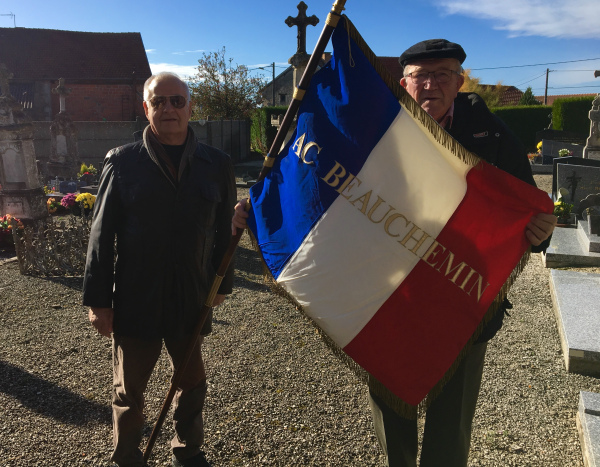
The Armistice that ended World War One was signed at 11.00 a.m. on November 11th, 1918. Eleventh hour, eleventh day, eleventh month. A century ago.
Years ago my mother told me that when she grew up, Americans around Chicago used to dedicate a minute of silence to that moment (although they used Central U.S. time, not French time—because otherwise they would be sleeping). She remarked that few did the same any more.
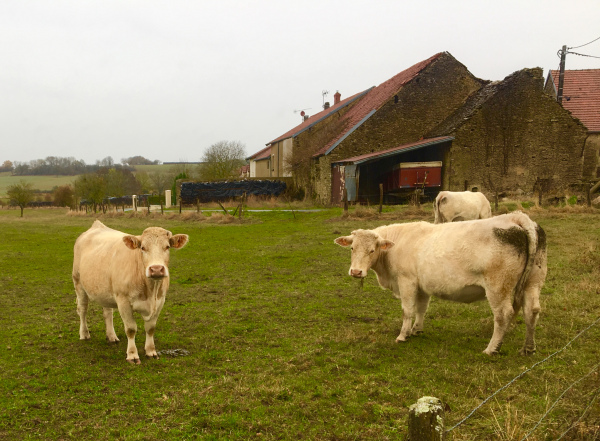
However, they still do in Europe. Ten years ago I entered a supermarket near Durham in the U.K. with my American friend Barbara, and—ignorant of the hour or the day—was shocked to see all shoppers frozen in place. It was like a Zombie movie. I soon realized the truth, and respected their respect for history.
Earlier this year my sister prepared an album detailing family history. I saw an image of my grandfather on my mother’s side—Lester Peter Ray. And there was a scan of a letter he wrote, with a map.
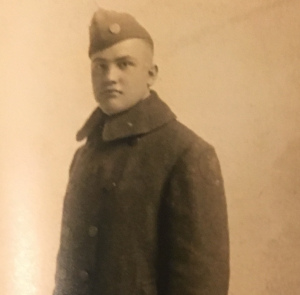
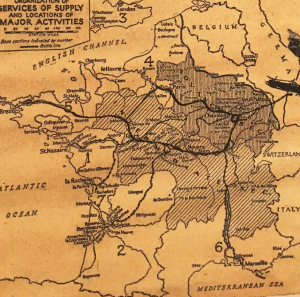
In 1918, he had traveled by boxcar from Brest, on the west coast of France, to the city of Langres—north of Dijon in central-eastern France, and was then sent a few miles away to the village of Beauchemin (‘beautiful trail’).
I decided to visit this year, but kept putting it off. Last Thursday, on a whim, I bought a plane ticket on Easy Jet to Lyon, rented a car, and on Saturday morning drove to Beauchemin for a quick visit in the rain before a more lengthy visit the next day. The village has 103 residents. A local man I chatted with suggested my returning the next day, Sunday, in time for the memorial commemoration. I agreed, then drove to Langres, a wonderful walled city designed by the military architect Vauban. There, I slept the night.
On Sunday I returned to Beauchemin. No one showed up at the memorial at 11.00 a.m., but they trickled in about 11.05, because they considered the key commemorative moment to be at eleven minutes past eleven, or at 11.11 a.m., on 11/11.
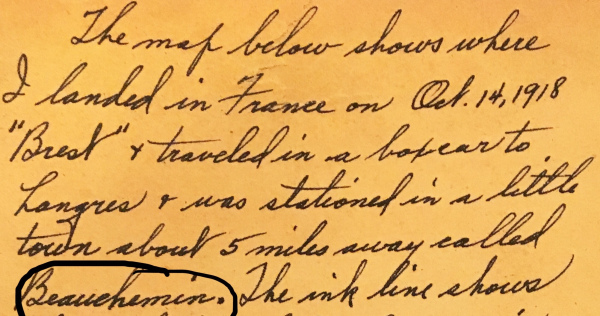
[wpvideo sbKmWW2M]
The mayor stood before the village war memorial and read a proclamation telling about the war, while the flag bearer stood beside him. The group of some 30 villagers next moved to the cemetery, where the mayor read another proclamation. Apparently, the mayor does this every year, and the same is done in villages throughout France. This is done annually not only on the day that commemorates the end of the First World War, but also on the day that marks the end of the Second World War. These rituals remind the locals of the importance of these historical events, and trigger conversations about lessons learned.
[wpvideo uW9akn6S]
Can you imagine how Americans’ respect for history in general could be improved by encouraging such events? Our state of education concerning history and geography in the U.S. needs improvement, and such voluntary family events could be excellent ways to wake children up to the importance of both subjects. Our future leaders, if clueless about the past, may otherwise be ill-trained to lead us in sensible directions forward.
We then all moved into the town hall (it used to be a cheese processing plant) to drink a few glasses of wine and eat snacks.
[wpvideo Viz7w9bi]
A woman named Alix Prodhon spoke with me and said she knew a local historian I may want to meet, then brought me to her home near the memorial where she and her husband Jean-Baptiste and two wonderful children Clemens and Rose cleared the table and prepared lunch. We ate a salad with bacon and onions, then a main course of chicken and also wild boar (hunted by husband Jean-Baptiste) as well as lentils. Jean Baptiste poured out glasses of Beaujolais wine. Then, a plate with four types of cheese—including Emmenthal, Morbier, Langres and Epoise. What luxury!
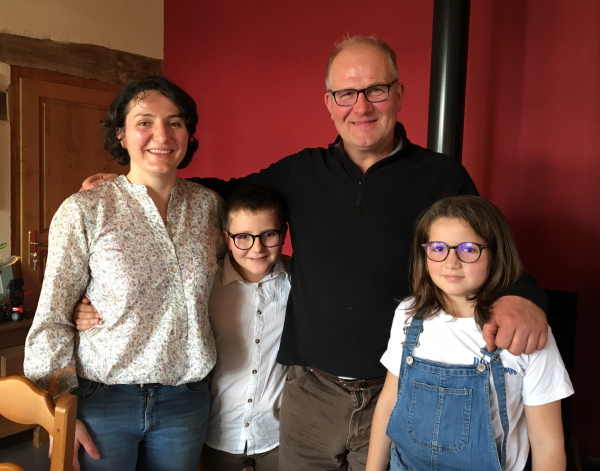
Both children—aged 10 and 8—spoke of how the love school, how they thrive on history and mathematics, and pulled out colored books that provided history lessons with attractive drawings and text. It was quite inspiring to see how much they had already learned about local and international history, and how much more they wanted to learn.
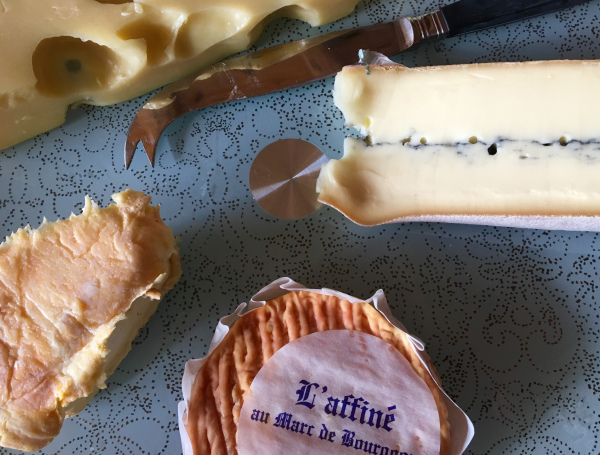
We soon drove five minutes to another village, Marac, where Franck Besch has collected U.S. military memorabilia for 30 years. He has opened a museum in Marac. He was delighted to meet, took details about my grandfather and within a day emailed me a copy of Lester Ray’s hand written registration card with the military, as well as details about his regiment, position, arrival and departure dates from France. Talk about a serendipitous encounter and situation…
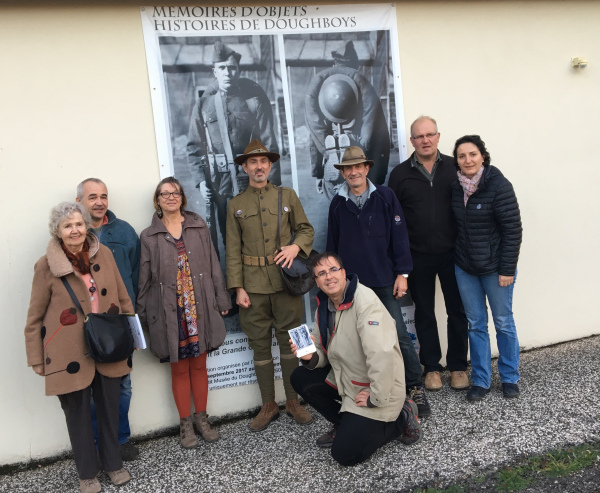
Lester was apparently in the D company of the 5th anti-aircraft machine gun battalion and had arrived in Beauchemin in October of 1918, then departed for the U.S. on January 2, 1919. The city of Langres, a fifteen minute drive away, had hosted over ten thousand U.S. soldiers during this war, where they set up training schools in communications, medicine, and veterinary science (because of all the horses involved in the war).
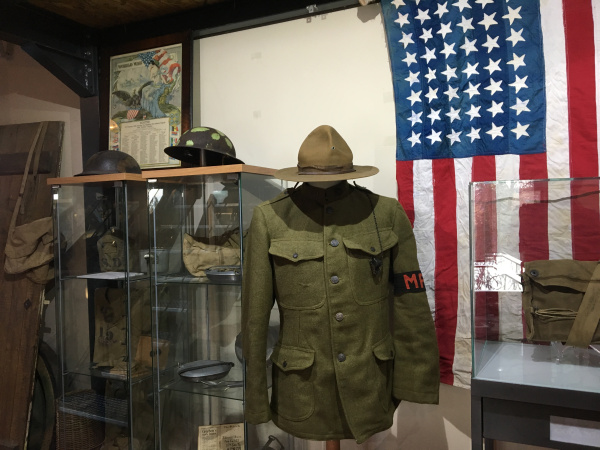
Lester Ray, after returning home, would eventually go on to become an executive at a Chicago company that managed a series of tunnels below the city for transporting and storing goods. Fortunately, he did not go to battle when in Europe.
What an incredible day!
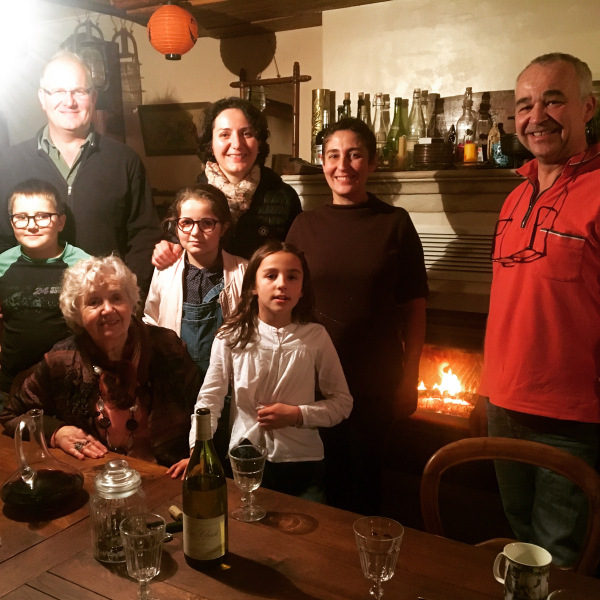
We visited the house of more friends of Alix and Jean-Baptiste and sat before a roaring wood burning stove in the kitchen and drank more wine as I told them of what had become of Lester Ray’s children. The locals were rapt and joyous and spoke about the ‘magic’ of that moment, and assured me that Lester Peter Ray was above us, watching.
Indeed.
I was immensely fortunate to spend time with such generous, good-hearted, curious and bright people.
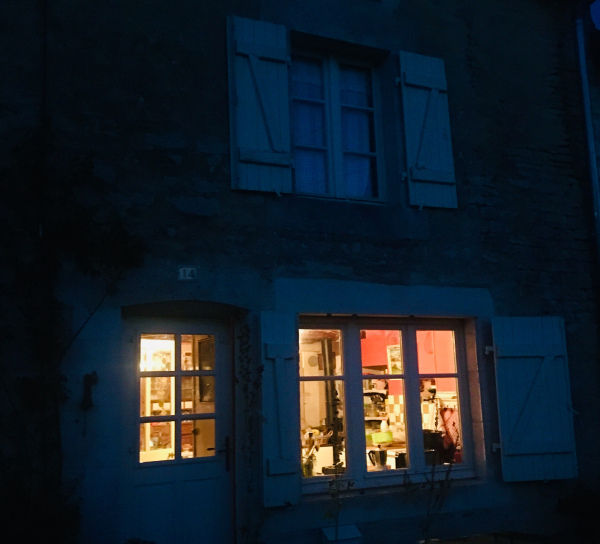
Quite an amazing day.
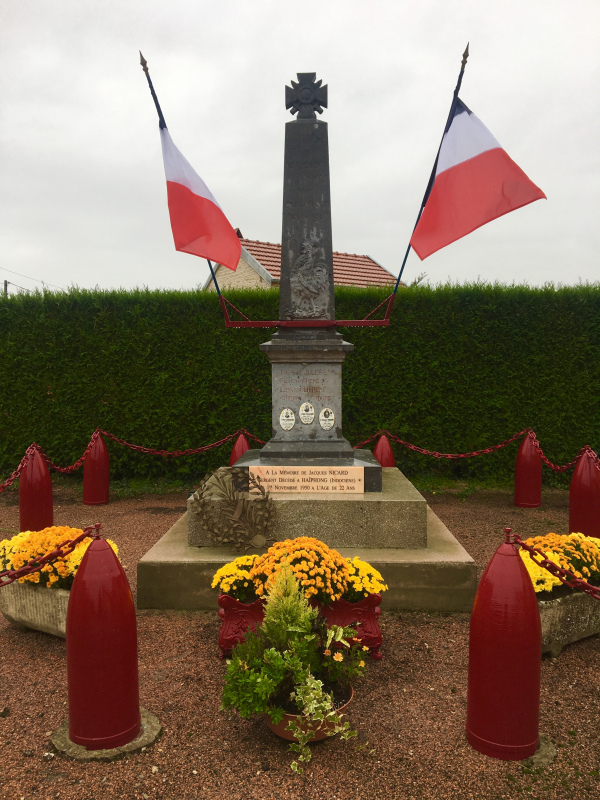
As for wine, that which Jean-Baptiste opened was a Cru Beaujolais, rather than a ‘nouveau.’ The cru are the top quality wines from the Beaujolais region (these wines are made from the Gamay grape), and unlike the less expensive ‘nouveau,’ these wines can be stored for years. Of the ten regions that produce Beaujolais Cru, the northernmost is Saint-Amour (which we drank for lunch) and is light and delicious. After lunch, Jean-Baptiste gave me a gift of a bottle of 2015 Claude Loup Saint-Véran, which is a white Burgundy Macônnais wine (made from Chardonnay grapes). The appellation for this wine is located in Burgundy, very slightly north of that of the Beaujolais we drank.
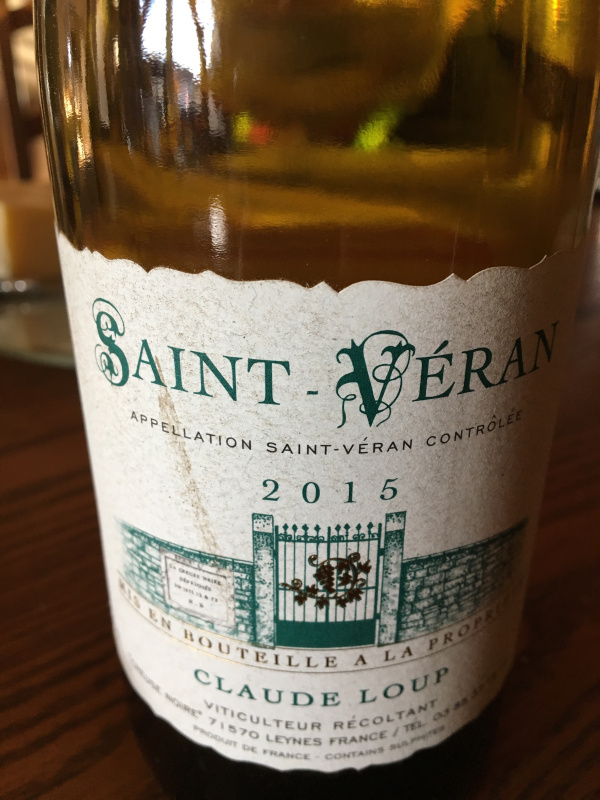
The Saint-Véran appellation was established in 1971, at the far south of Burgundy, and is produced by six communes on chalk and clay soils up to 450 meters elevation. I cannot tell you how the wine tastes, because I’m saving this bottle for a very special occasion.
The nearby city of Langres straddles the Burgundy region to its south, and Champagne, to its north.
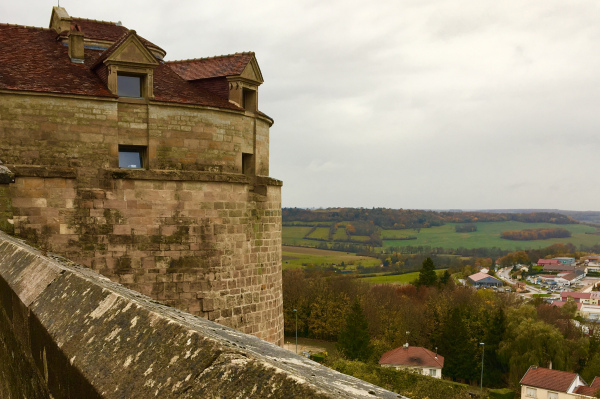
It turns out that the uncle of the flag bearer met in Beauchemin (on the right in the first picture above) used to bring in bottles of liquor for American soldiers stationed in Beauchemin during the war. (I wonder if they picked up a taste for less alcoholic wine.)
To those soldiers who served in the First World War, to my ancestor Lester Peter Ray, and to the exceedingly warm, hospitable residents of Beauchemin (and Marac)—here is a toast to our freedoms, our respect for history and our ability to enjoy wonderful food and wine together.
Sante!
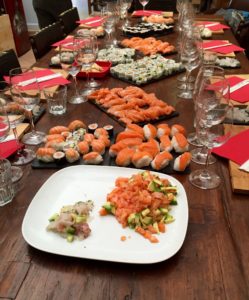
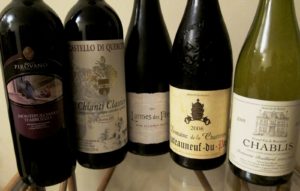
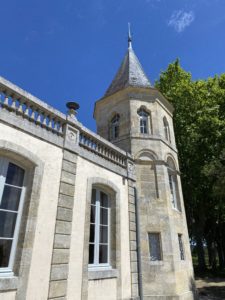
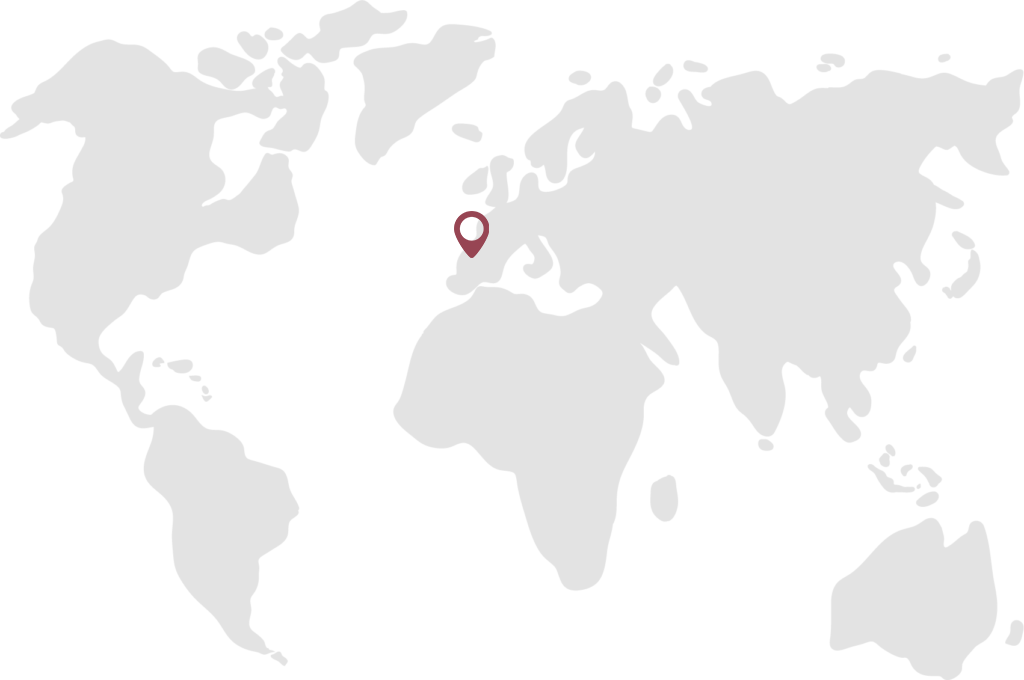
Susie Raczkiewicz
13 Nov 2018Dear Tom,
I hope this email finds you well!
Great article about commemoration of the end to WW1. The countryside looks lovely and it’s so cool you met folks with a connection to your grandfather!
It is definitely Fall around here! We got home for a beautiful fall foliage and now the leaves are half way gone.
We are getting ready for thanksgiving so my daughter and I are planning the food!
Do you celebrate there with anyone?
I am thinking about the wine for dinner and will drink a toast to you and to the nice time we had meeting! My daughter was just looking at some of the pix from our trip yesterday so it was nice to remember.
Ciao for now,
Susie
Sent from my iPhone
>
vinoexpressions
24 Dec 2018Thanks Susie! Enjoy the Holiday season! I’ll be having afternoon meals and wine with friends tomorrow. Hope you are all well.
Socrates Anastasiadis
14 Nov 2018Wow! We were visiting the Alsace region from Basel 2 weeks ago & stopped in Riquewihr along the Wine route & got to taste their Cremont. Then we came down the Moselle this week, to see the steep Devonian slate Riesling vineyards. We were hiking in Bernkastel when at 11:11 am all the church bells rang & when we made it back to the platz they had started an awesome party!
So reading your maternal grandfathers story & the importance to the locals to commemorate this day including to their kids is something you don’t see in US
vinoexpressions
24 Dec 2018Glad you enjoyed Socrates! Great story of yours 🙂 Glad you enjoyed ….
Mikey
15 Nov 2018Great article, Tom. Sounds like a really cozy way to celebrate the armistice!
vinoexpressions
24 Dec 2018Thanks Mikey – Hope you and Iris and Noah are all well!